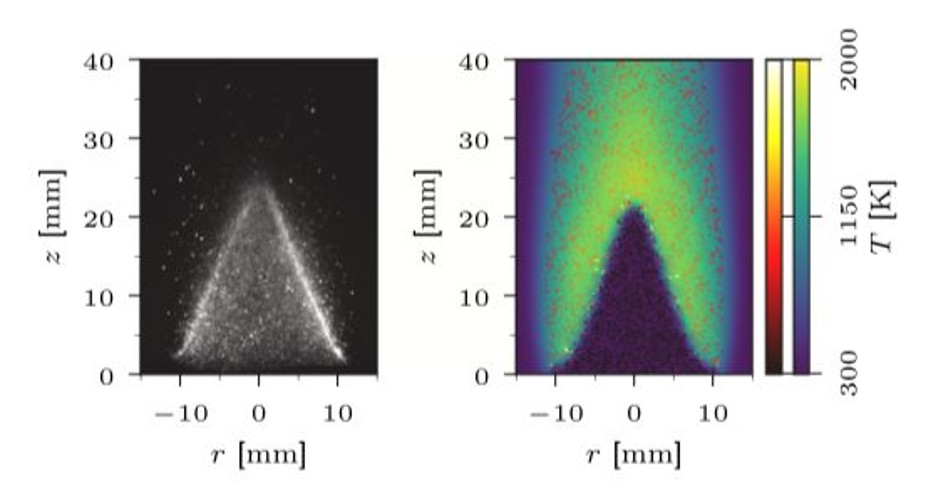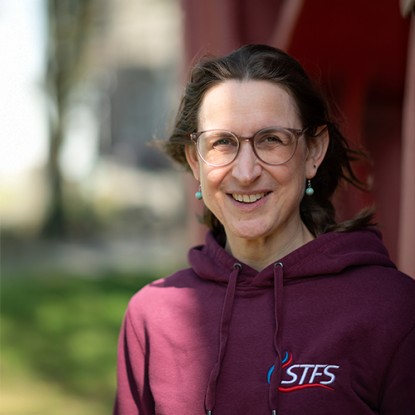Insights into iron dust flames – a path forward to decarbonize industry
New publication
09.07.2025
Analyzing Iron Dust Bunsen Flames using Numerical Simulations by Thijs Hazenberg, Daniel Braig, Michael Fedoryk, Johannes Mich, Fabian Hagen, Stefan Harth, Björn Stelzner, Arne Scholtissek, Dimosthenis Trimis & myself.
Iron has the potential to become a renewable energy carrier: It burns without CO₂ emissions, releasing heat that can be harnessed. But how do iron dust flames behave – and how can we model them?
To bring together the latest insights, we hosted the 2nd Conference on Metal-enabled Cycle of Renewable Energy (MeCRE) in Darmstadt – a great success with more than 150 participants!
Now, I’m excited to share our latest paper, published in the special issue of the journal Fuel dedicated to MeCRE, in collaboration with KIT:
Analyzing Iron Dust Bunsen Flames using Numerical Simulations
by Thijs Hazenberg, Daniel Braig, Michael Fedoryk, Johannes Mich, Fabian Hagen, Stefan Harth, Björn Stelzner, Arne Scholtissek, Dimosthenis Trimis & myself.
In this work, we simulate iron dust flames on a Bunsen burner using a point particle method and validate them against experiments from KIT.
Key findings reported in the paper:
1. Current models predict laminar iron dust flames remarkably well.
2. 1D flames extracted from Bunsen setups differ significantly from idealized 1D profiles.
3. Deriving idealized propagation velocities from real Bunsen flames remains a major challenge.
My personal key insight:
The interaction between models is critical. It’s not just about improving individual components, but about selectively updating and coupling models together From my experience in laminar and turbulent solid fuel combustion, the effect of a single model is often unpredictable in the fully coupled system. That’s why we need a stepwise, systematic approach – and to continuously aim for the best models available or yet to be developed.
Thanks to all co-authors and the MeCRE community for pushing this exciting field forward!



